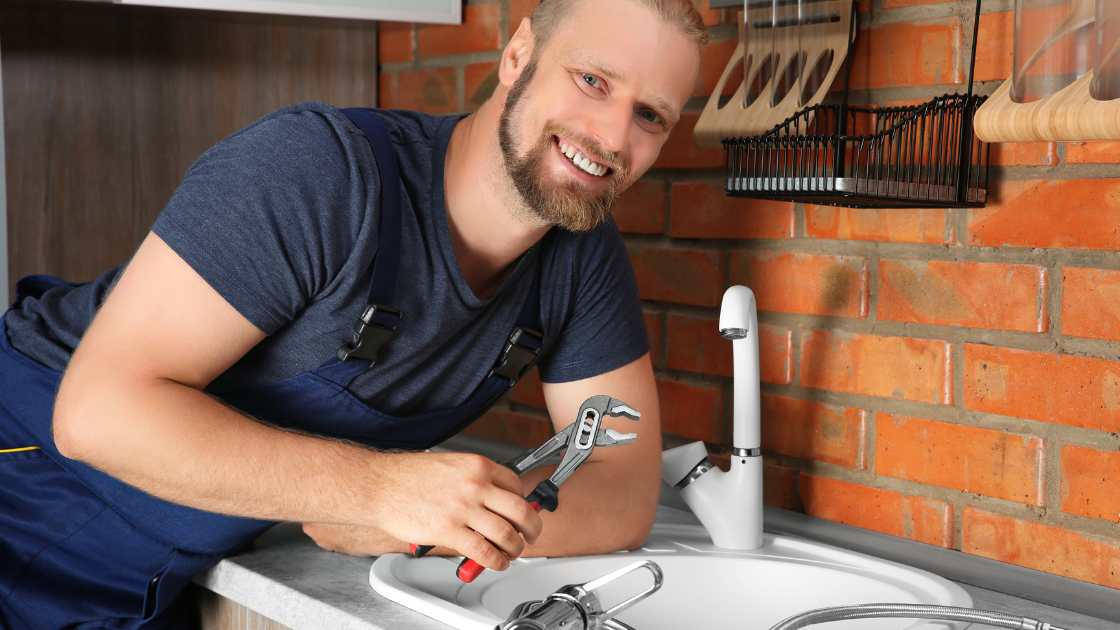
Revamp Your Kitchen with Style: A Step-by-Step Guide to Replacing Your Kitchen Faucet
Your kitchen is the heart of your home, and a well-functioning and stylish faucet can make a world of difference. If you’re looking to give your kitchen a quick and affordable upgrade, replacing your old faucet is a fantastic option. Don’t worry if you’re not a seasoned DIY expert—this step-by-step guide will walk you through the process of changing your kitchen faucet, allowing you to transform your kitchen with ease.
Assess your needs and choose the perfect faucet
Before diving into the installation process, take some time to evaluate your requirements and select the ideal faucet for your kitchen. Consider factors such as style, functionality, and budget. Whether you prefer a classic, modern, or industrial design, there are countless options available to suit your taste. Take measurements of your existing faucet to ensure compatibility with the new one.
Gather your tools and materials
To begin the installation, make sure you have the necessary tools and materials on hand. You’ll typically need an adjustable wrench, pliers, a basin wrench, plumber’s tape, and a bucket or towel to catch any water that may spill during the process. Additionally, check the packaging of your new faucet to see if any specific tools are required for installation.
Shut off the water supply
Before you start dismantling your old faucet, it’s crucial to turn off the water supply to prevent any potential water damage. Locate the shut-off valves under the sink and turn them clockwise until they are fully closed. Test the faucet handles to ensure the water flow has ceased completely.
Remove the old faucet
Begin by disconnecting the supply lines attached to the faucet. Using an adjustable wrench or pliers, loosen and remove the nuts connecting the supply lines to the faucet’s underside. Be prepared for a little bit of water to spill out during this step. Once the supply lines are detached, you can remove the mounting nuts securing the faucet to the sink. Carefully lift the old faucet out and set it aside.
Install the new faucet
Before placing the new faucet, apply a layer of plumber’s tape to the threaded connections on the underside of the faucet. This will help create a watertight seal. Carefully lower the new faucet into the mounting holes on the sink and align it properly. From under the sink, thread and tighten the mounting nuts to secure the faucet in place. Be cautious not to over tighten, as it may damage the faucet or the sink.
Connect the supply lines
Next, reconnect the supply lines to the new faucet. Attach the hot and cold water supply lines to their respective valves, ensuring a snug fit. Use an adjustable wrench or pliers to tighten the nuts, but be careful not to over tighten and risk damaging the connections.
Test for leaks and functionality
With the installation complete, it’s time to turn the water supply back on. Slowly open the shut-off valves under the sink in a counterclockwise direction. Keep an eye out for any leaks around the supply lines or the faucet itself. If you notice any leaks, tighten the connections further or apply more plumber’s tape as needed. Once you’re confident there are no leaks, test the functionality of the faucet by turning on the hot and cold water handles.
FAQs
Can I change my kitchen faucet myself, or do I need to hire a professional?
Changing a kitchen faucet is a task that can be done by most homeowners with basic DIY skills. With the right tools and a step-by-step guide, you can successfully replace your kitchen faucet. However, it’s important to note that if you have limited plumbing knowledge or are uncomfortable working with water connections, it may be wise to consult a professional plumber. They can ensure that the installation is done correctly and minimize the risk of any complications.
How long does it typically take to change a kitchen faucet?
The time required to change a kitchen faucet can vary depending on your level of experience, the complexity of the faucet design, and any unforeseen complications that may arise. On average, a straightforward faucet replacement can take anywhere from 30 minutes to an hour. However, it’s always a good idea to set aside some extra time in case you encounter any difficulties. Remember, taking your time and following the instructions carefully will help ensure a successful installation.
Do I need any special tools to change a kitchen faucet?
While you don’t need specialized tools for a basic faucet replacement, having a few essential tools on hand will make the process easier. Here are some tools you may need:
Adjustable wrench: This tool is crucial for loosening and tightening nuts and bolts during the installation.
Pliers: Pliers can be useful for various tasks, such as gripping and holding parts in place.
Basin wrench: This specialized wrench is designed to reach tight spaces under the sink and is particularly helpful for removing and installing faucet mounting nuts.
Plumber’s tape: Also known as Teflon tape, plumber’s tape is used to create a watertight seal on threaded connections, preventing leaks.
Conclusion
Replacing your kitchen faucet is a simple yet effective way to update the look and functionality of your kitchen. By following this step-by-step guide, you can confidently tackle the installation process yourself. Remember to choose a faucet that complements your kitchen’s style, gather the necessary tools, and take your time to ensure proper installation. With a new faucet in place, you’ll enjoy the benefits of a refreshed kitchen and a more enjoyable culinary experience.





